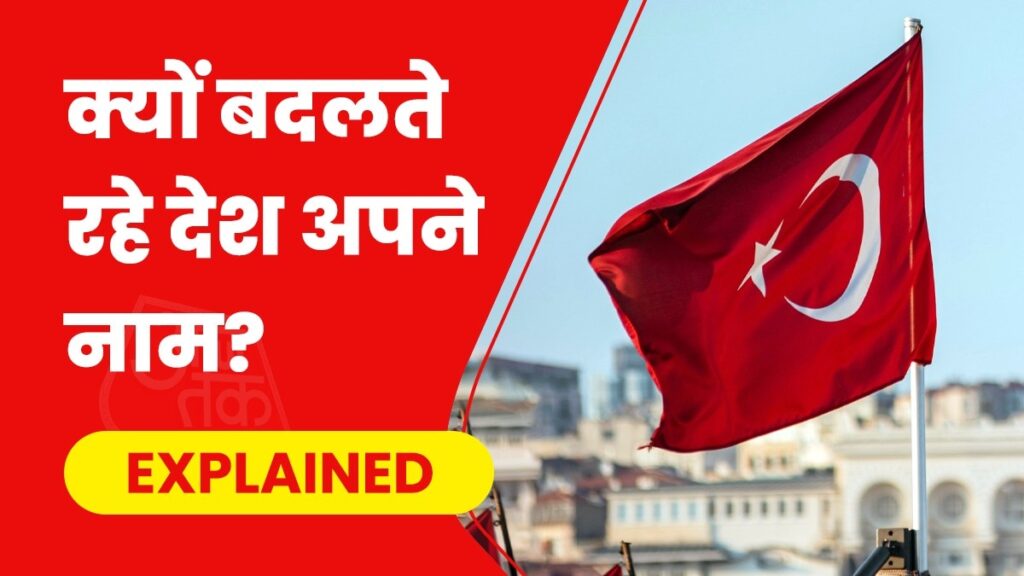Since independence, the names of 9 states and 2 union territories have been changed. The names of cities, squares and railway stations keep changing. But changing names for countries is not a new thing. Know why countries change their names, what is its process, and how complicated it is.
Which countries changed their names
Governments around the world have been changing the names of their states, districts or places. Many governments have even changed the names of their countries. Usually this was an attempt to correct some past wrong. For example, in 2023, Turkey requested the United Nations to use its Turkish name Turkiye. Earlier, the Czech Republic held a vote in Parliament for its own name Czechia. In 2018, the Yugoslav Republic of Macedonia changed its name to North Macedonia.
Many countries have changed the name of their cities for a short time. For example, in 2011, the Australian city Speed Briefly changed its name to Speed Kills to create awareness about road accidents.

Why change the name
Most of the countries are those which were under the rule of Britain or some other country at some point of time. For example, whenever British explorers reached any place after sea travel, they would name that place according to their language and thinking. For example, they changed the name of Ghana to Gold Coast. But after independence in 1957, the country was renamed Ghana again. Some time later, Ceylon changed its name to Sri Lanka, and Upper Volta changed to Burkina Faso.
Many times names were changed to end controversies
Macedonia changed its name to North Macedonia a few years ago. This change may sound trivial but it improved its relations with Greece. In fact, Greece also has a place with this name and it had been demanding the other country to change its name for a long time. With this change, the way was opened for North Macedonia to join NATO.
What is the process for getting a new name?
There is a whole process for changing the names of countries, which is also very expensive. First of all, voting takes place within the country to change the name.
After this the new name is sent to the United Nations.
It explains how to write this name in 6 official international languages.
If everything goes well, the name is included in the UN’s Database of World Geographical Names.
After this, the name has to be changed on military uniforms, country’s currency, government documents, etc. This includes changing the name on paperwork, websites, signage at government offices, as well as on the letterheads of all government offices.

how much does it cost
This process is as complicated as it is costly. It also depends on how big or small a country is. Accordingly, the cost can be more or less. A lot depends on the size of the country and its documentation. South African intellectual property lawyer Darren Olivier has been working on this for a long time. He has been studying the name change in countries. He claims that it would have cost about 6 million dollars to change the African country Swaziland to Eswatini.
This way you can guess
How much it will cost to change the name depends on the taxable and non-taxable income of that country. This process is similar to rebranding a big corporate group. Suppose a group wants to change its name, then it will be changed on paper and in the bank, and a big expense will be incurred in changing the logo and rebranding.
This does not make much difference to corporates, but for small companies it is a loss-making deal. The same thing applies to countries with low and high GDP.
Source (PTI) (NDTV) (HINDUSTANTIMES)
